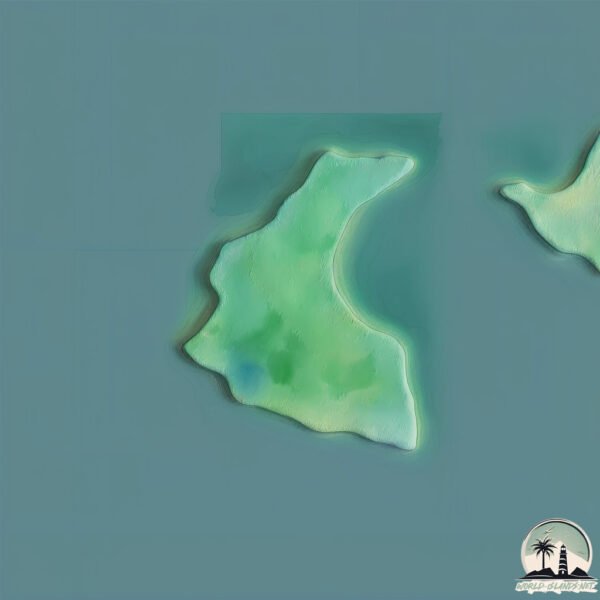Isola Vivara

Welcome to Isola Vivara, a Temperate island in the Tyrrhenian Sea, part of the majestic Atlantic Ocean. This guide offers a comprehensive overview of what makes Isola Vivara unique – from its geography and climate to its population, infrastructure, and beyond. Dive into the details:
- Geography and Size: Explore the island’s size and location.
- Climate and Weather: Weather patterns and temperature.
- Topography and Nature: Uncover the natural wonders of the island.
- Infrastructure and Travelling: Insights on reaching, staying, and making the most of your visit.
- News and Headlines: Latest News.
Geography and size of Isola Vivara
Size: 0.328 km²
Coastline: 2.9 km
Ocean: Atlantic Ocean
Sea: Tyrrhenian Sea
Continent: Europe
Isola Vivara is a Tiny Island spanning 0.328 km² with a coastline of 2.9 km.
Archipel: –
Tectonic Plate: Eurasia – One of the world’s largest tectonic plates, the Eurasian Plate covers a significant portion of Europe and Asia. It’s characterized by diverse geological features, including the Ural Mountains, the European Plain, and the Himalayas formed from its collision with the Indian Plate.
The geographic heart of the island is pinpointed at these coordinates:
Latitude: 40.74387879 / Longitude: 13.99432815
Climate and weather of Isola Vivara
Climate Zone: Temperate
Climate Details: Hot-Summer Mediterranean Climate
Temperature: Hot Summer
Climate Characteristics: Characterized by hot, dry summers and mild, wet winters, typical of coastal areas with abundant sunshine.
Topography and nature of Isola Vivara
Timezone: UTC+01:00
Timezone places: Europe/Paris
Max. Elevation: 27 m
Mean Elevation: 19 m
Vegetation: Agricultural Mosaic
Tree Coverage: 52%
The mean elevation is 19 m. The highest elevation on the island reaches approximately 27 meters above sea level. The island is characterized by Plains: Flat, low-lying lands characterized by a maximum elevation of up to 200 meters. On islands, plains are typically coastal lowlands or central flat areas.
Dominating Vegetation: Agricultural Mosaic
A mix of cropland and natural vegetation, often seen in rural landscapes where agricultural fields are interspersed with patches of natural habitats. Isola Vivara has a tree cover of 52 %.
Vegetation: 3 vegetation zones – Moderately Diverse Island
These islands start to show a broader range of ecological niches. With three vegetation zones, they may offer a mix of ecosystems like coastal areas, inland woods, and perhaps a distinct wetland or dry area. This diversity supports a wider range of flora and fauna, making these islands more ecologically complex than those with minimal diversity.
Infrastructure and Travelling to Isola Vivara
Does the island have a public airport? no.
There is no public and scheduled airport on Isola Vivara. The nearest airport is Naples International Airport, located 36 km away.
Does the island have a major port? no.
There are no major ports on Isola Vivara. The closest major port is POZZUOLI, approximately 15 km away.
The mean population of Isola Vivara is 4 per km². Isola Vivara is Gently Populated. The island belongs to Italy.
Continuing your journey, Isola d’Ischia is the next notable island, situated merely km away.
Italy is classified as Developed region: G7: Group of Seven – Major advanced economies, including Canada, France, Germany, Italy, Japan, the United Kingdom, and the United States. The level of income is High income: OECD.
News – Latest Updates and Headlines from Isola Vivara
Stay informed with the most recent news and important headlines from Isola Vivara. Here’s a roundup of the latest developments.
Please note: The data used here has been primarily extracted from satellite readings. Deviations from exact values may occur, particularly regarding the height of elevations and population density. Land area and coastline measurements refer to average values at mean high tide.
